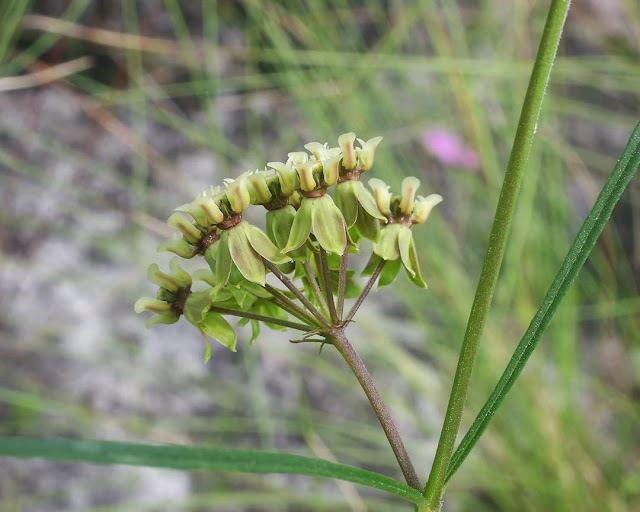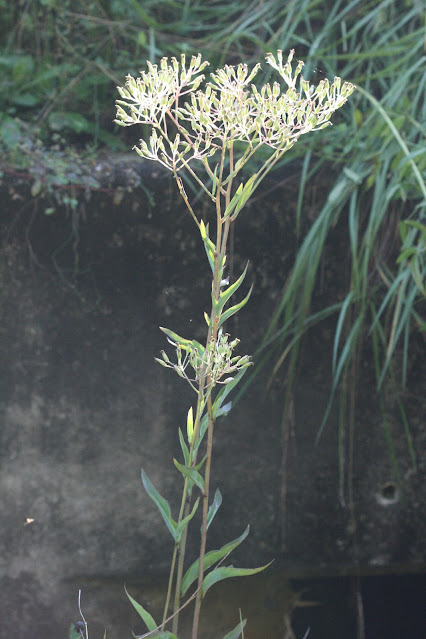Unlike other members of this morning glory genus, water dawnflower (Stylisma aquatica) is a wetland species with pink instead of white flowers. It occurs throughout the western Panhandle. It also is vouchered from much of the Southeastern Coastal Plain from eastern Texas to southern North Carolina. Throughout this range it occurs in open seasonally wet depressions.
Water dawnflower is a perennial that dies back to the ground in winter. When it emerges in spring, it becomes a sprawling vine like other members of this genus. Its elliptical leaves alternate on the 4-foot long stems and the small pinkish flowers are produced from May through summer in the leaf axils. I have no experience with this species, but other members are pollinated mostly by bees and I suspect that's true for this one.
Dawnflowers are diminutive morning glories and rarely propagated by commercial nurseries.
These photos were taken by my friend, Floyd Griffith, and used by permission.























